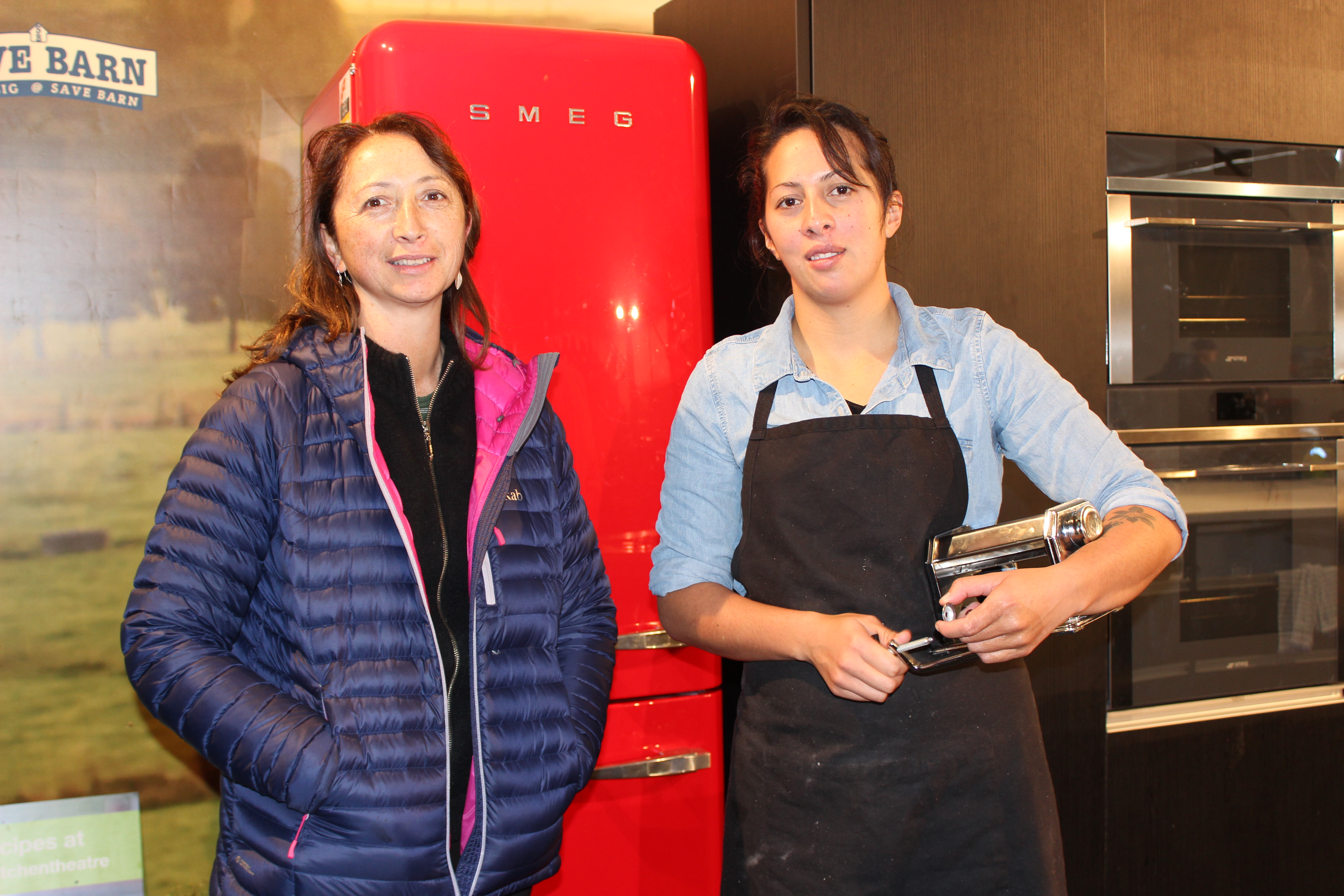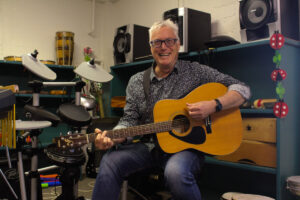Monique Fiso: ‘A real New Zealand food voice’
Fieldays Kitchen Theatre guest Monique Fiso uses traditional Māori kai in fine dining cuisine
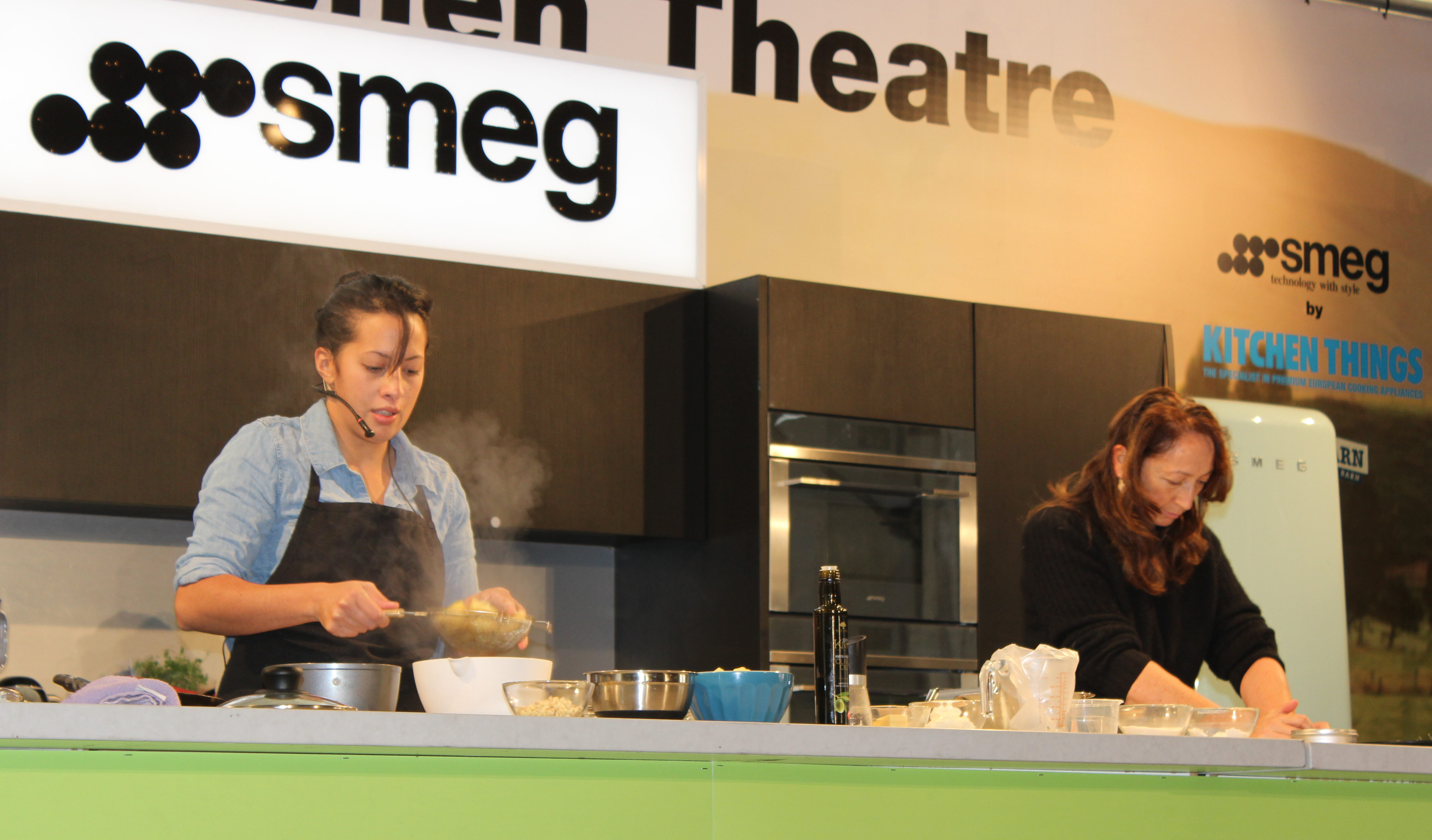
Michelin-trained chef Monique Fiso gave cooking demonstrations with an indigenous flair at Fieldays.
The Kitchen Theatre guest showcased how traditional Māori ingredients like tītī (muttonbird), kawakawa and kumara can be incorporated into fine dining.
“I think it’s weird to be cooking in New Zealand and not using Māori ingredients. I think it’s more bringing it into the mainstream and making people understand them, seeing versatility in those products so that they continue being used through the next generations.”
Over the past two years Fiso has been traversing Aotearoa with her pop-up dining series, Hiakai. Kitchen Theatre ambassador and Kiwi Masterchef Brett McGregor introduced the 30-year-old as a rising star in the industry.
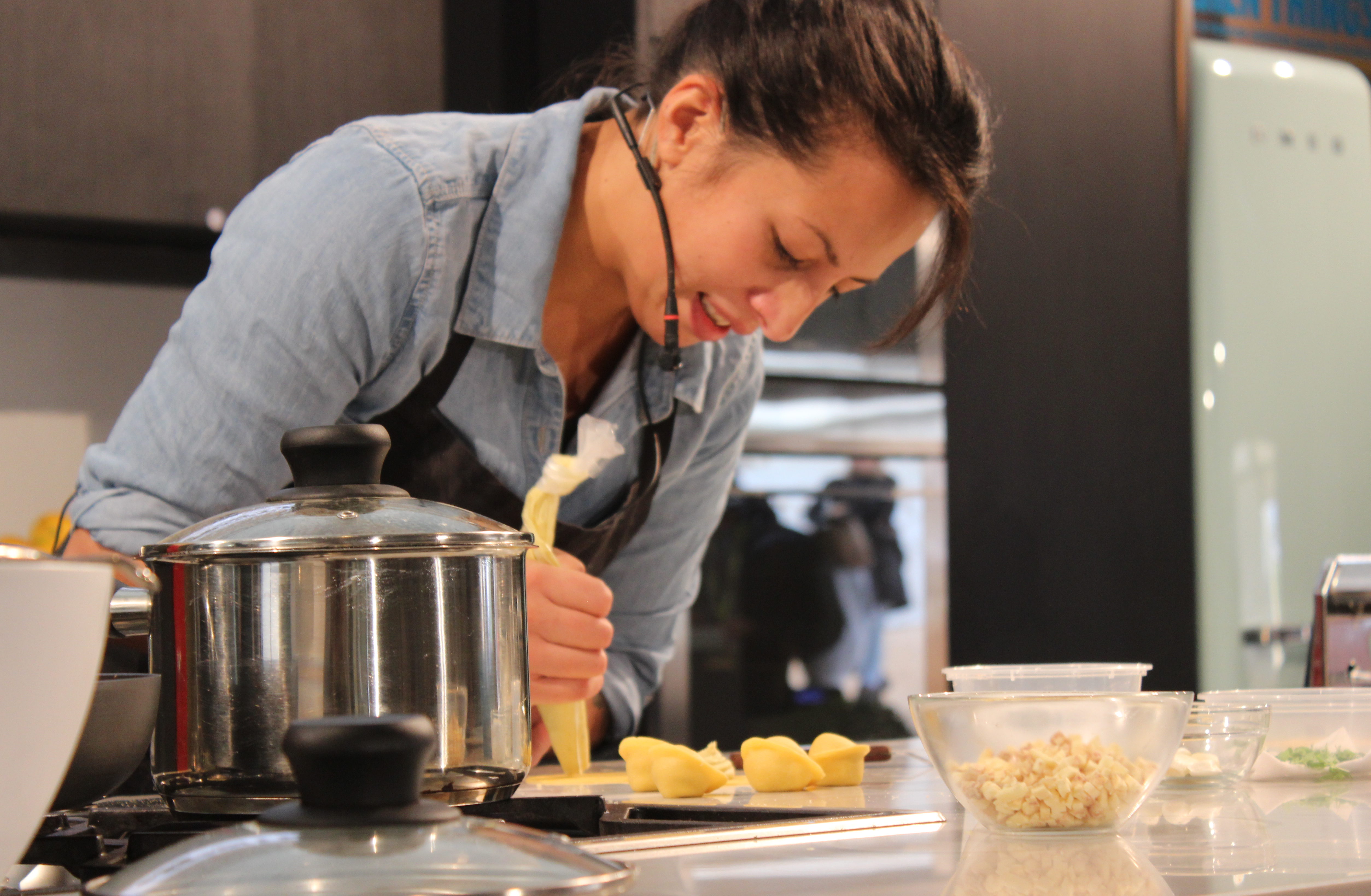
“Monique’s food world has grown so rapidly in the last few years that I don’t think she even realises what’s going to happen in the next couple. I think she actually will become one of our greatest chefs known world-wide for the simple fact that she is really bringing New Zealand to the world,” he said.
“Finally New Zealand is getting a real food voice.”
Fiso is fastidious and self-propelling and has known she would cook since she was eight years old. She pushed herself all the way to Michelin-starred restaurant The Musket Room in Manhatten, New York, and back again to Porirua, Wellington.
She loves working with tītī bird and broke one down for the audience.
Brett McGregor highlighted how difficult this is and said other chefs would have used a prepared bird.
“I couldn’t do that,” Fiso said. She wanted viewers to see the process and was skilled enough to work under pressure.
“There’s not a lot of meat on these birds and they are crazy expensive [$22-24 each] so you do want to use every little part of it,” she said.

In her kumara cappelletti (‘little hats’) pasta demonstration she invited help kneading the fresh dough. Cambridge farmer Hinemarie Bailey was quick to roll up her sleeves and lend a hand.
“I found working in the kitchen with Monique quite enjoyable,” Bailey said.“It is hard work kneading the pasta. While she used one hand I needed to use two.”
Fiso’s assistant came to the Kitchen Theatre because she had heard the presenter would be using Māori food to make her recipes.
Bailey used to eat a lot of watercress and puha but doesn’t really any more. One staple, however, has stayed on the family-menu.
“We have kumara quite regularly,” she said.
From Fiso, Bailey learnt to use a piping bag to fill cappelletti and thought she might try something new.
“I’ve actually never made pasta and I’ve always thought it was pretty difficult but she did make it look easy,” the Cambridge farmer said.
“I think it’s great using Māori techniques in fine dining, it’s really good. It showcases Māori food and hopefully makes it more common so other people will use it as well,” Bailey said.
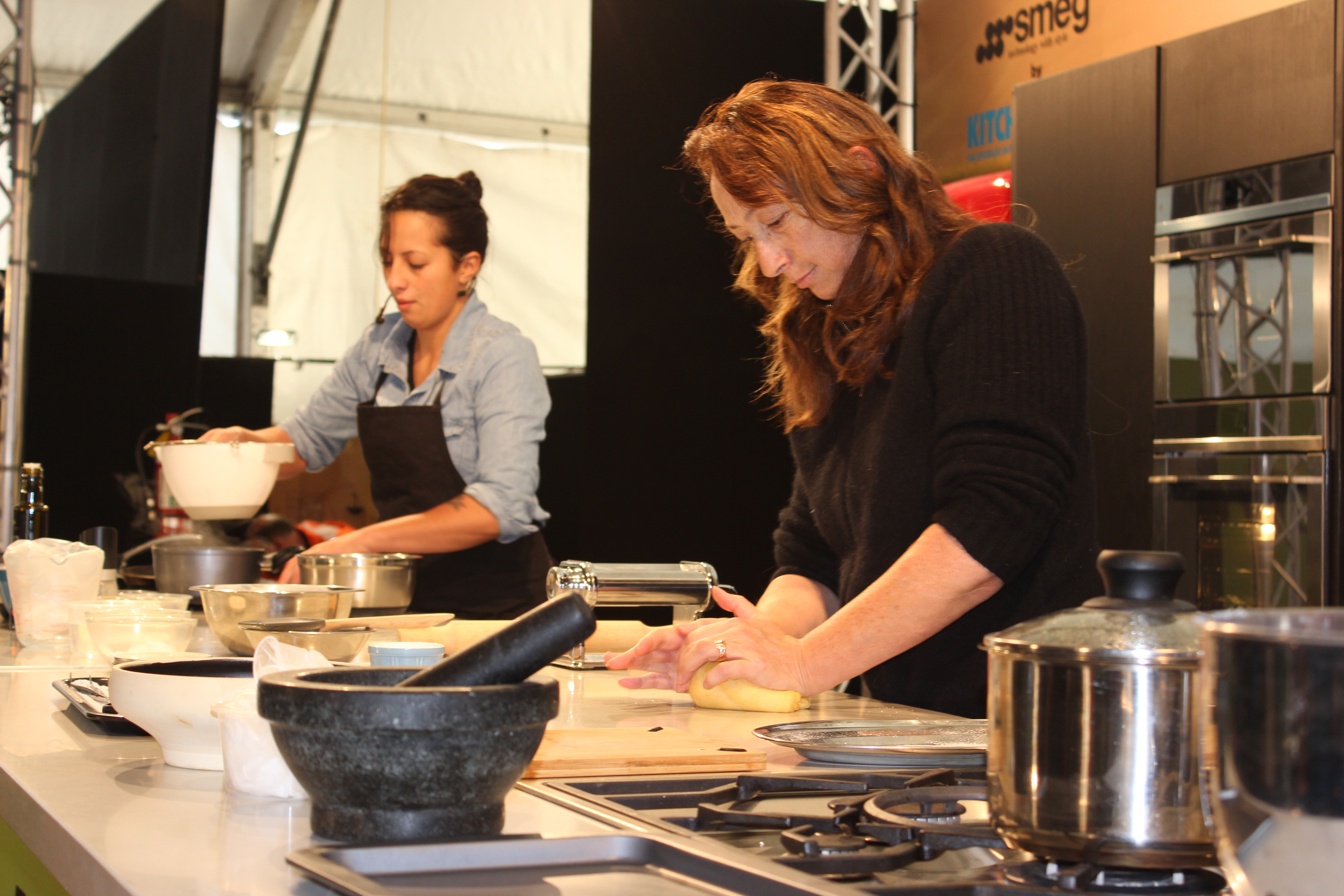
“That’s something new,” Waikerie, South Australia, attendee Andrea Kalisch said when Fiso demonstrated settling the kumara filling in a piping bag with a sharp, strong motion.
Kalisch comes from the South’s “fruit bowl” with abundant figs, almonds, citrus and pistachios. She said, “I really like cooking at home so I thought I would see how New Zealand prepare some of their food because in Australia we have different foods and this would be great to see.”
Brett McGregor agreed that Fiso’s cuisine was worth seeing.
“We all learnt how to make spaghetti bolognese when we were kids and that’s what we’ve been serving up for years but finally we’re realising that people aren’t coming to New Zealand just to have a bowl of bolognese – they’re coming here to have a slice of New Zealand,” he said.
“The only way they’re going to do that is if we starting cooking and using things that are local so we need to look in so that people start to realise that we are an emerging leader in food because this is something very new.”
Of Fiso, McGregor said, “She has taken Māori cuisine to the world and to a whole new level of sophistication and pushed it into the history books.”
